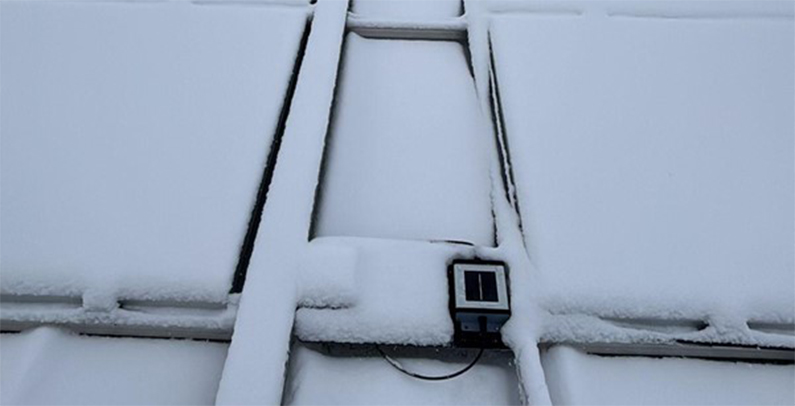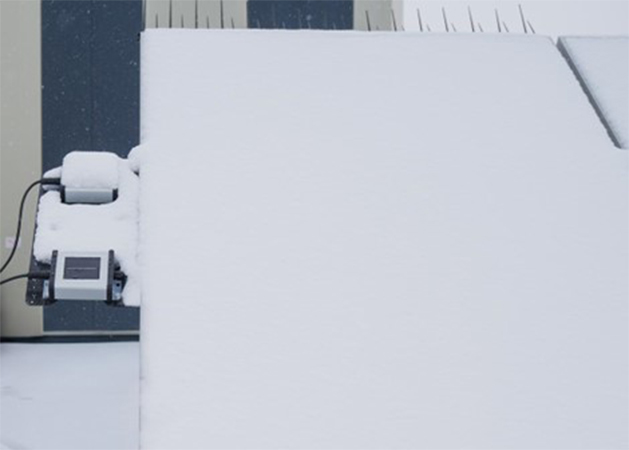Your cart is currently empty!
Solar PV Plants in Snowy Environments

Although the solar panels perform better in cooler weathers, the snow loss or the snow-related energy loss may discourage the investors from installing PV plants in snowy regions. However, as per many studies, it is always beneficial to invest in the solar energy in snowy regions.
How Can Snowy Environments Become an Advantage for Solar Power Generation?
Using the bifacial modules is the key to maximize the energy generation of a PV power plant in a snowy environment. According to some researches, using bifacial solar modules instead of traditional monofacial modules can reduce the snow loss from double digits to as little as 2% on an annual basis. This is mainly thanks to the 19% gain of power from the reflected irradiance during the winter period.
The second key to increase the PV plant power generation in snowy environments is using solar tracker systems. A study conducted few years ago found that bifacial modules produced 14% more energy than monofacial modules. When combined with dual-axis trackers, an additional 35% to 40% energy boost could be achieved.
Which Sensors Should Be Used in Snowy Environments?
As mentioned previously, the two technologies that can be used for improving the performance of a PV Plant in snowy environment are bifacial modules and the dual-axis tracker systems. To optimize their effectiveness, some sensors are crucial:
PV Albedometer
In order to monitor the reflected irradiance for bifacial PV plants, a PV albedometer is a must. It is used to measure the albedo ratio which affects directly the performance ratio of the PV Plant.
SEVEN has introduced a high-accuracy PV albedometer to accurately measure the albedo ratio as well as the POA Irradiance and the Reflected Irradiance.

You can refer to the previously published article for more details about the PV albedometer of SEVEN Sensor: https://www.sevensensor.com/maximizing-solar-efficiency-in-bifacial-pv-projects-with-albedometers
Snow Sensor
While the snow load is a critical challenge for tracker systems in snowy environments, the SEVEN Snow sensor provides an effective solution for it.

SEVEN Snow Sensor measure the snow rate which is communicated to the Tracker control center, allowing the system to adjust its position based on real-time snow accumulation. Thanks to SEVEN Snow Sensor, the user can configure the system to reposition the modules once the predetermined snow level is reached. This prevents unnecessary tracker movements, saves energy and reduces snow accumulation on the panels.